| Weight | 1000 g |
|---|---|
| Belly | 2.6 inch. |
| Blade Size and Type | 11.5" OR 2.21cm, Highly Grade Carbon Steel 5160, Rust Free Blade. |
| Handle Circumference | 4.5 Inch. |
| Handle Size and Type | 6.5" or 16.51 cm, Full tang made of Rosewood. |
| Hardness of steel | spine=22-25 RC, belly=45-46 RC, edge=58-60 RC. |
| Lower Spine | 3 mm. |
| Upper Spine | 5 mm. |
| Overall length | 17.5" OR 44.45 cm from tip to pommel (Approx). |
| Place of Origin | EGKH Factory in Dharan (Eastern part of Nepal). |
| Material Used | highly-graded-carbon-steelcar-jeep-leaf-spring-5160-for-blade-refine-water-buffalo-leather-for-scabbard-outside-rosewood-for-handle-pinewood-for-scabbard-inside-and-lahanepali-tradition |
| Complementary | Certificate of Guarantee, Tag, Wrapping Lokta Paper. |
11.5″ Karambit Rust Free Knife
It evolved in Southeast Asia as a small, all-purpose utility knife and agricultural tool – rather resembling a miniature sickle.
Most true karambits are double-edged, and feature a characteristic “ring” at the end of the handle, into which a finger can be inserted..
$198.00
It evolved in Southeast Asia as a small, all-purpose utility knife and agricultural tool – rather resembling a miniature sickle.
Most true karambits are double-edged, and feature a characteristic “ring” at the end of the handle, into which a finger can be inserted.
The karambit’s distinctive ring does three things – it prevents the knife from being dropped. It keeps the user’s fingers from slipping onto the sharp blade, and it allows the user to employ both hands to work, without putting the knife down.
It has superior quality, rust free surface that is unaffected by heat, cold, or moisture. It never rusts, warps, cracks or splits even in the most extreme environments. There is a hole at the bottom end of the handle so one can use a cord to tie up blade in his hand in used and not to lose the knife.
It is an extremely versatile and useful knife.
Only logged in customers who have purchased this product may leave a review.

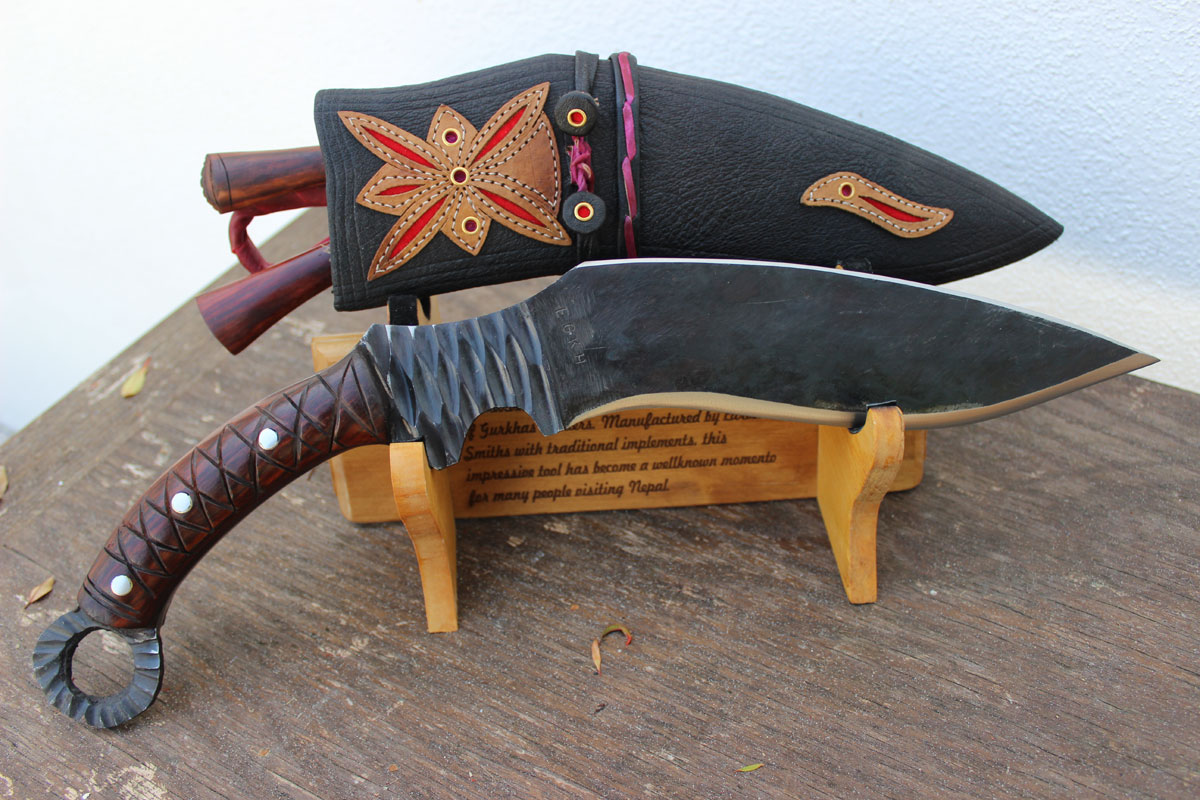
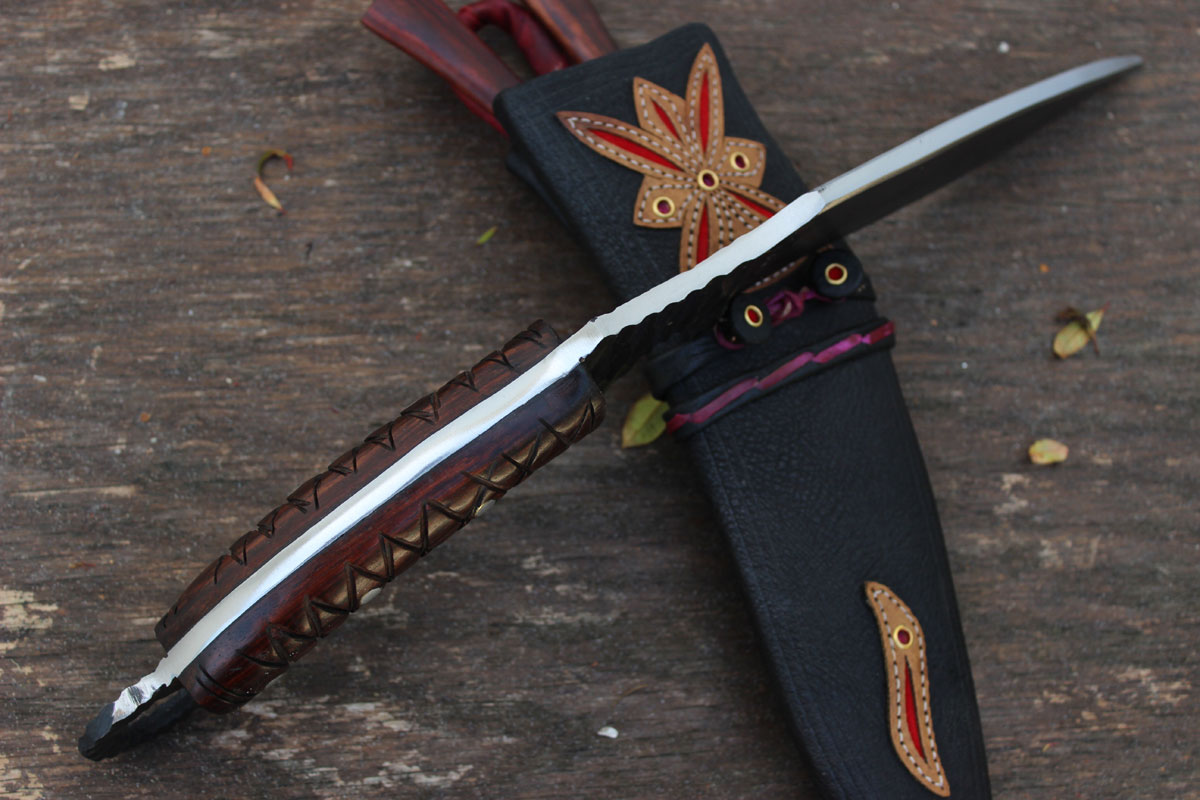
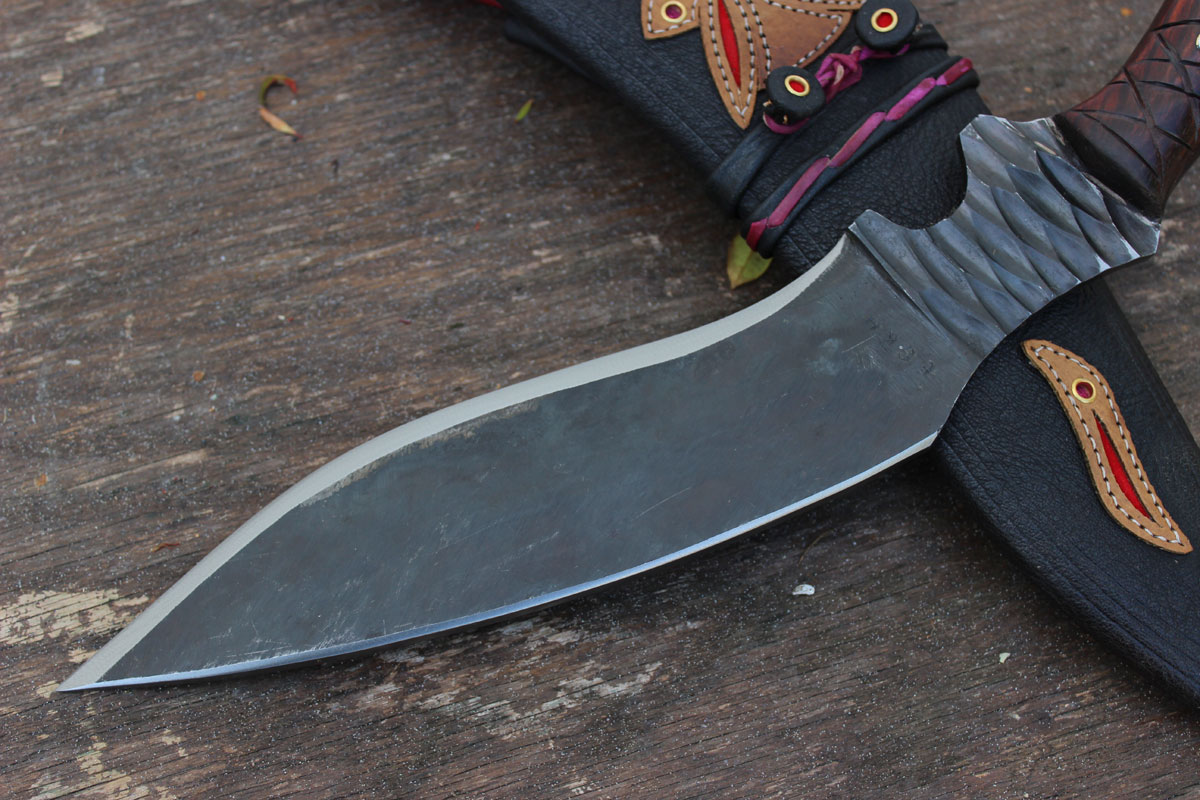
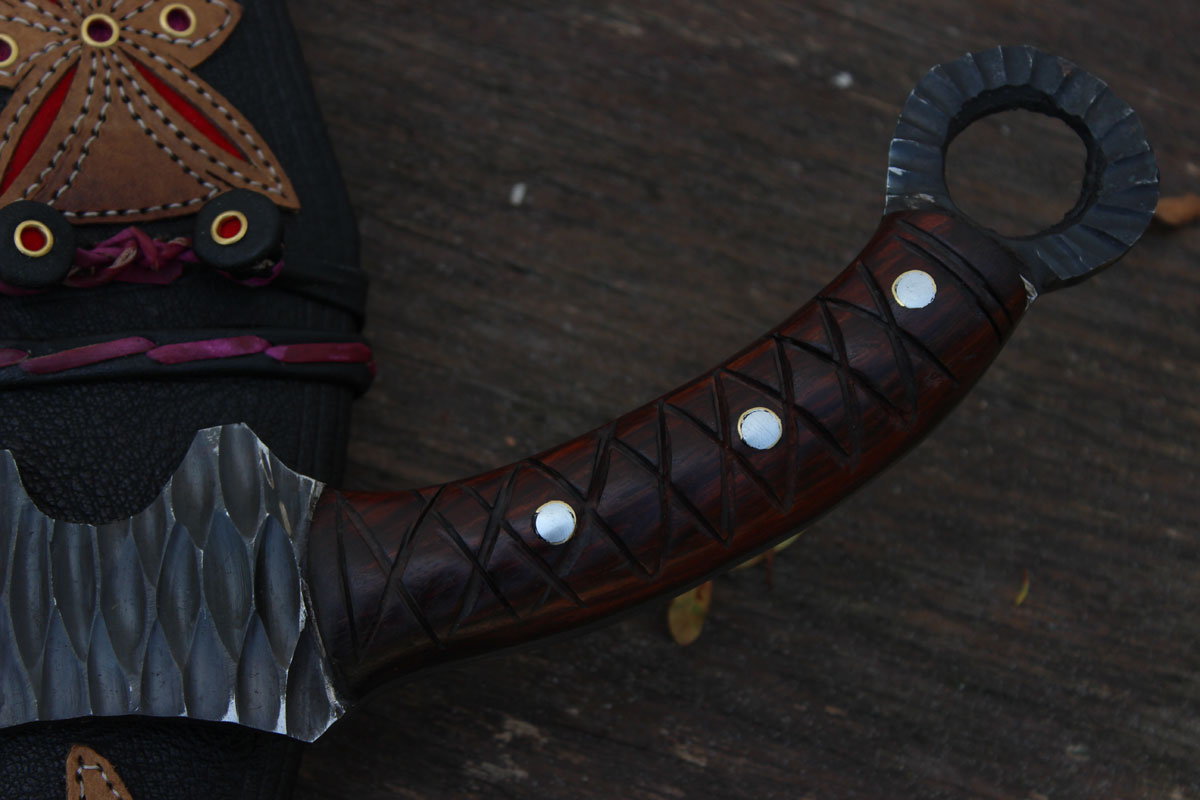
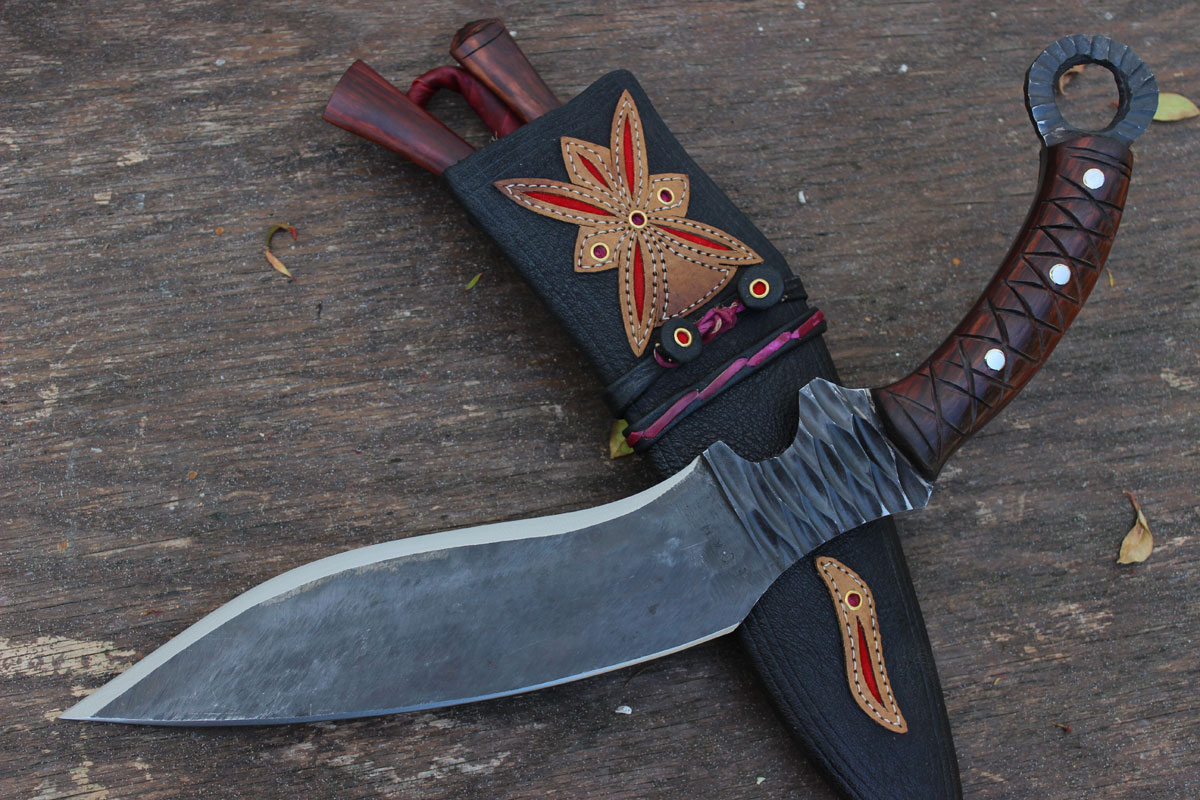
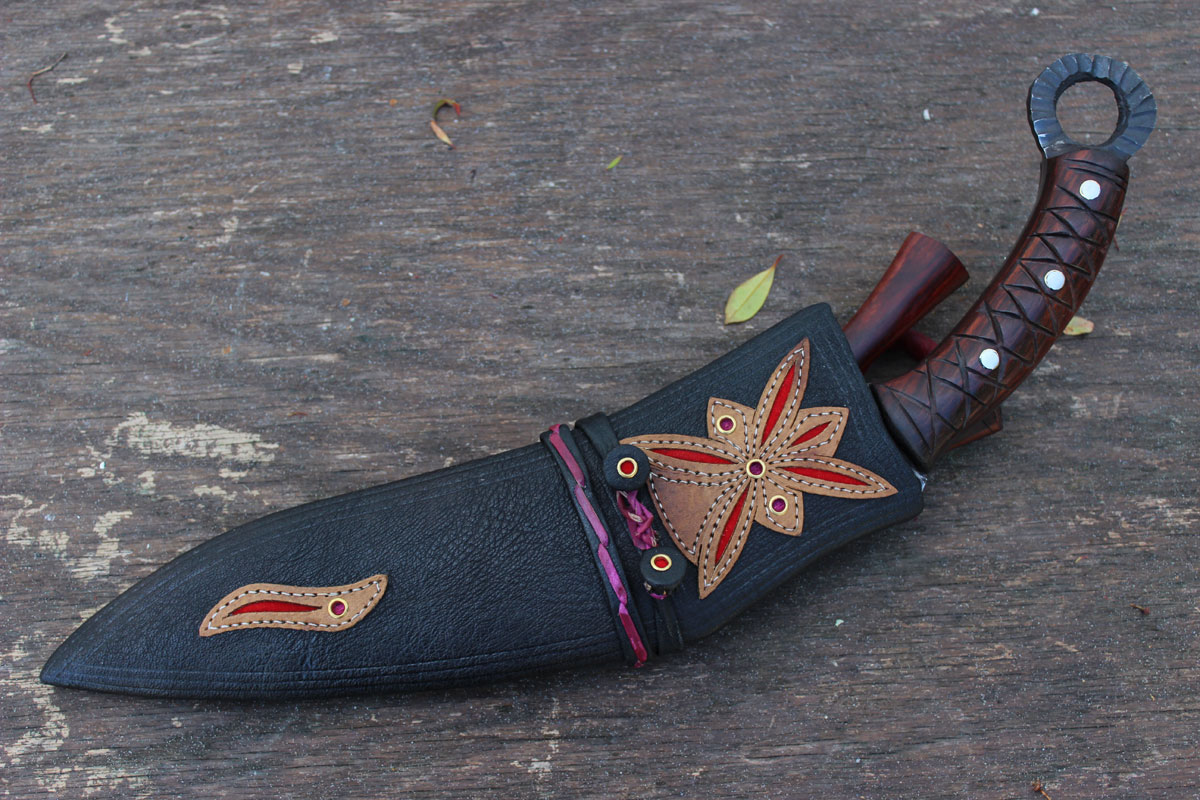
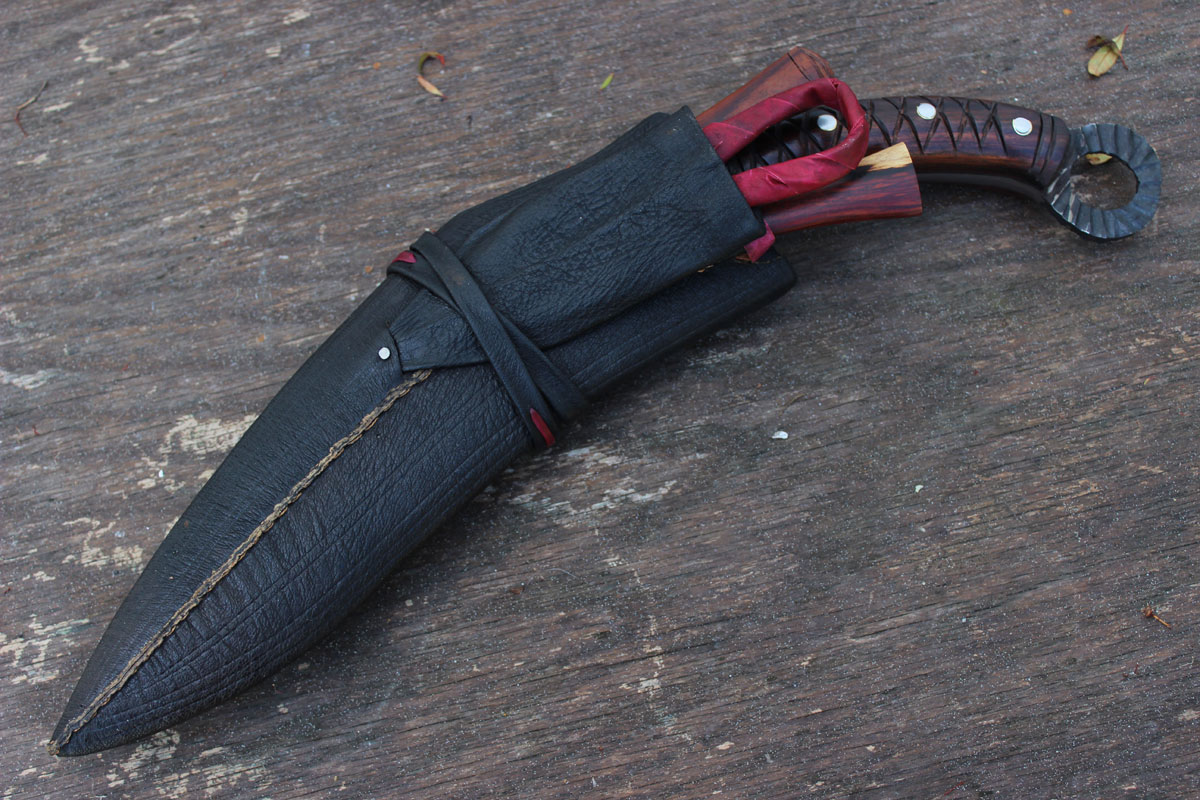
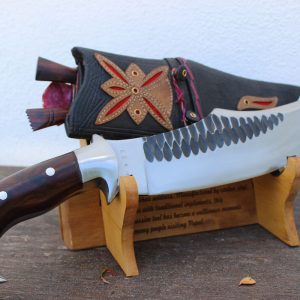
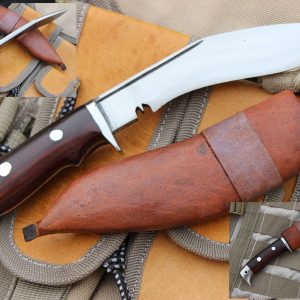
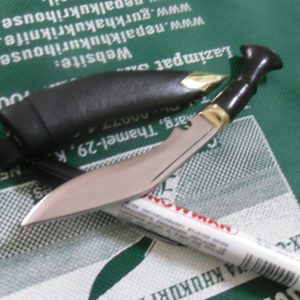
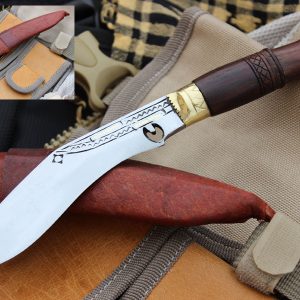
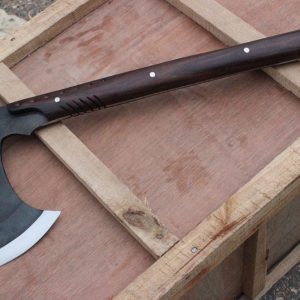
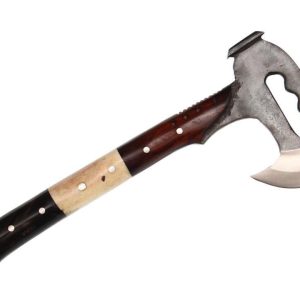
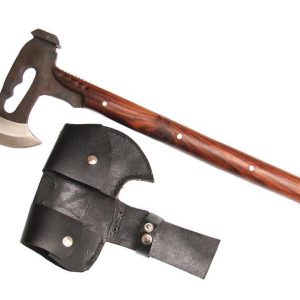
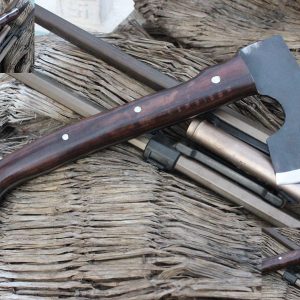
Reviews
There are no reviews yet.